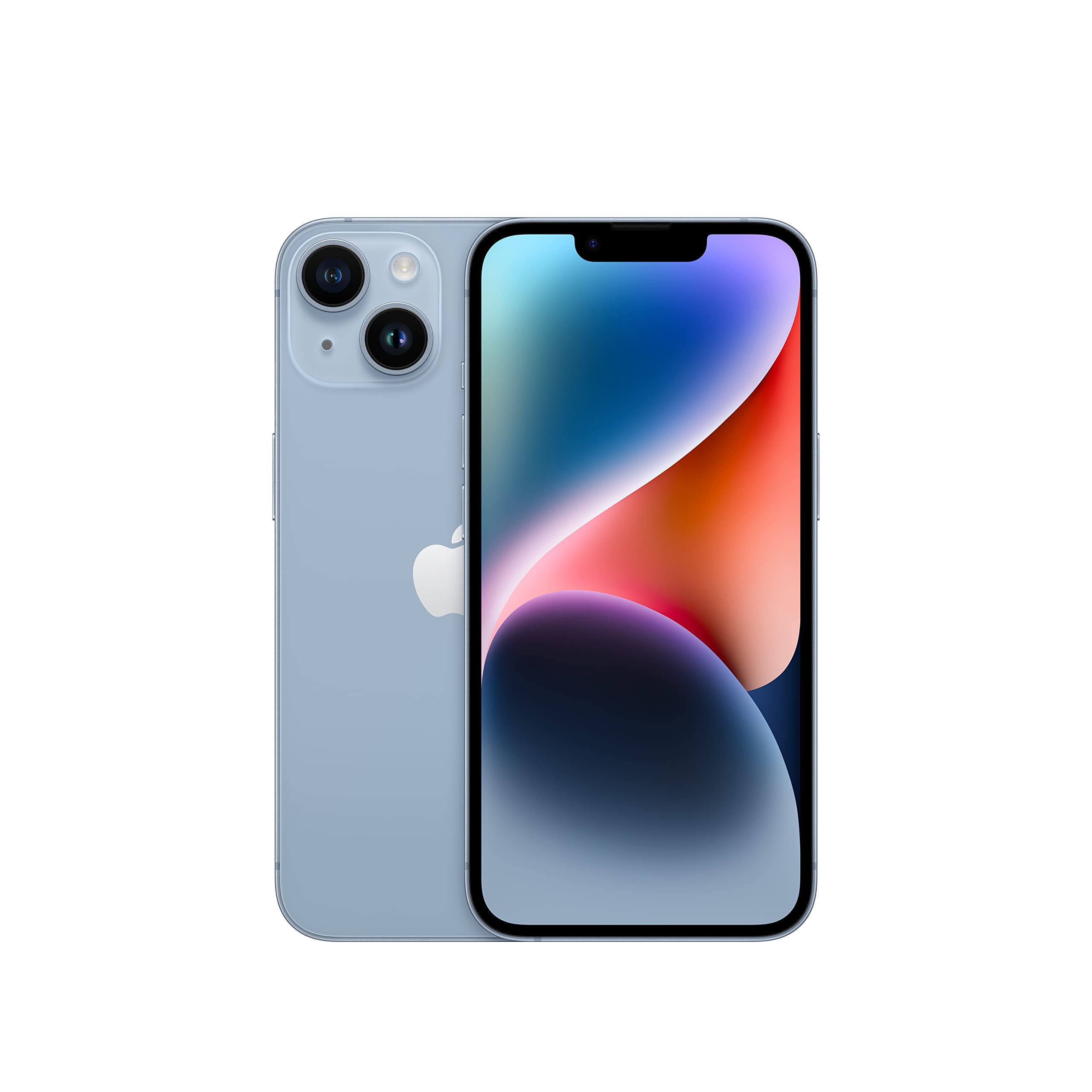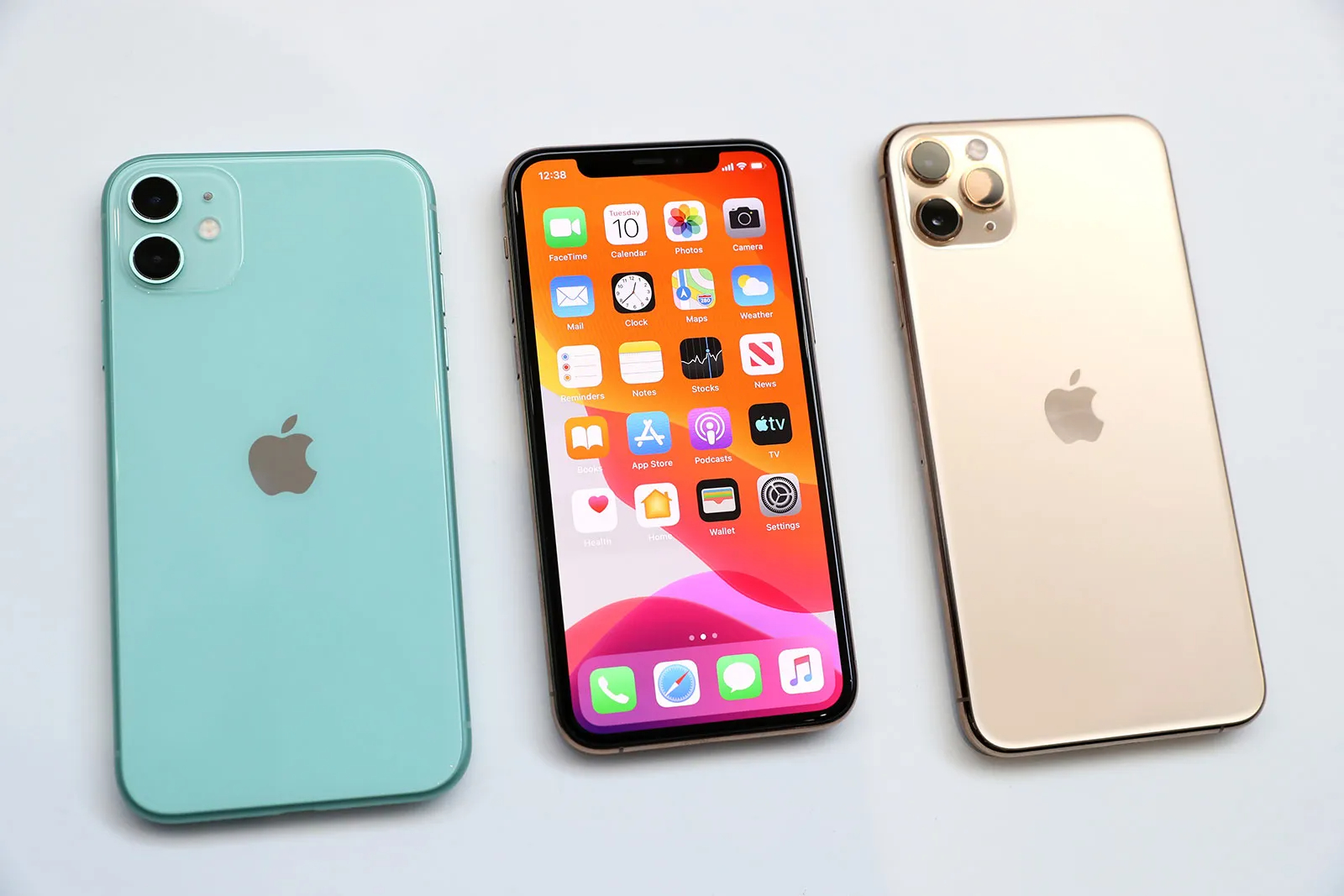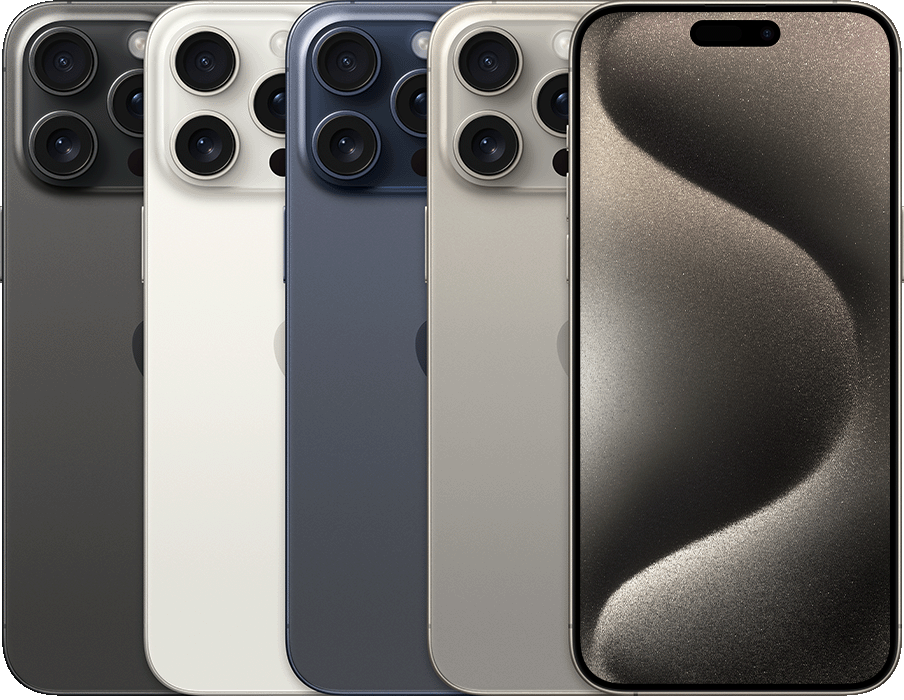For many iPhone users, the touchscreen is the primary way they interact with their device. When the touchscreen stops responding, it can feel like your connection to the world has been severed. Fortunately, there are several steps you can take to troubleshoot and potentially resolve the issue without immediate professional intervention. This guide provides detailed solutions to help you get your iPhone’s touchscreen back in working order.
Identifying the Problem
Before you can fix your iPhone’s touchscreen, you need to identify the nature of the problem. Is it entirely unresponsive, or is it only partially working? Does it fail to respond intermittently, or is it a permanent issue?
Differentiating Between Software and Hardware Issues
Software problems are generally easier to fix and can be caused by iOS glitches or a specific app. If the touchscreen only malfunctions in a particular app, try updating or reinstalling the app. If the issue is more widespread, it could still be software-related, especially if it started after a recent update or if the device is behaving erratically.
Checking for Physical Damage
If there’s visible damage to your iPhone’s screen, or if the problem started after a significant drop or water exposure, it’s likely a hardware issue. In this case, a professional repair may be necessary. However, if there is no visible damage, proceed with the following troubleshooting steps to see if you can resolve the issue yourself.

Basic Troubleshooting Techniques
Start with some basic troubleshooting steps that can resolve temporary glitches or minor issues causing your iPhone’s touchscreen to malfunction.
Force Restarting Your iPhone
A force restart can often clear up the temporary software issue that might be causing the touchscreen to malfunction. The steps to perform a force restart vary depending on your iPhone model, so you’ll need to look up the specific method for your device. Generally, this involves pressing a combination of the volume and the side buttons.
Updating iOS
Outdated iOS versions can sometimes lead to touchscreen unresponsiveness. To check for an available update, connect your iPhone to Wi-Fi, go to “Settings,” tap “General,” and then “Software Update.” If an update is available, download and install it to see if it resolves the touchscreen issue.

Advanced Solutions
If the basic troubleshooting steps don’t fix the problem, it’s time to move on to some advanced techniques that can address more complex software issues.
Restoring iPhone via iTunes
If a software malfunction is causing the touchscreen issue, restoring your iPhone via iTunes might help. Connect your device to a computer and open iTunes (or Finder on macOS Catalina and later). You’ll need to put your iPhone into Recovery Mode and then choose the “Restore” option in iTunes. Keep in mind that this will erase all data on your device, so ensure you have a recent backup to restore from afterward.
Checking for Third-Party App Interference
Sometimes, a rogue app can be the source of your touchscreen troubles. To test this theory, boot your iPhone in Safe Mode by restarting it while holding the volume down button. In Safe Mode, all third-party apps will be disabled. If your touchscreen works correctly in this mode, a third-party app is likely the culprit, and you can proceed to uninstall recently downloaded apps one by one to identify the problematic app.

Seeking Professional Help
If none of the self-help solutions have fixed your iPhone’s touchscreen, it may be time to seek professional assistance.
Scheduling an Appointment at an Apple Store
Make an appointment at the Genius Bar in your local Apple Store or an Apple Authorized Service Provider. Apple technicians can run diagnostics on your iPhone to determine if there’s a hardware problem with the touchscreen. If your device is still under warranty or you have AppleCare+, repairs may be covered.
Considering Replacement Options
If your iPhone is older and the cost of repair is prohibitive, it might be more economical to consider upgrading to a newer model. Apple offers a trade-in program that can help offset the cost of a new iPhone. Otherwise, look into certified refurbished models as a more budget-friendly option.

Dealing with a non-responsive iPhone touchscreen can be a significant inconvenience, but by following this step-by-step guide, you can exhaust all possible solutions before deciding on the best course of action.
Preventative Measures
To avoid future touchscreen issues, use a high-quality screen protector and a sturdy case to protect your iPhone from physical damage. Be mindful of software updates and regularly backup your device to safeguard your data.
Keeping Perspective
While a malfunctioning touchscreen can be disruptive, remember that most issues can be resolved with patience and the right approach. Whether you end up fixing the problem yourself or requiring professional help, understanding the process can save you time and stress in the long run.

Utilizing Accessibility Features as Temporary Workarounds
While resolving your iPhone’s touchscreen issues, consider using the device’s built-in accessibility features as a temporary solution. These features can help you maintain some level of functionality and give you access to your device’s critical features.
Exploring AssistiveTouch
Apple’s AssistiveTouch feature creates a virtual button on your screen that can mimic many of the gestures that would normally require a functioning touchscreen. To enable AssistiveTouch, go to “Settings,” then “Accessibility,” and select “Touch” followed by “AssistiveTouch.” This feature can be especially useful if a specific area of your screen is unresponsive.
Voice Control and Siri
Leverage voice commands to navigate your iPhone without relying on the touchscreen. Enable “Voice Control” in the accessibility settings or activate Siri by holding down the side or home button, depending on your iPhone model. You can use voice commands to send texts, make calls, and even navigate through apps, which can be incredibly helpful while you’re troubleshooting the touchscreen issue.
Considering DIY Screen Repairs with Caution
If you’re technically inclined and out of warranty, you might be considering a do-it-yourself approach to replacing the iPhone’s touchscreen. While this can be a cost-effective solution, it’s important to proceed with caution.
Risks and Preparations
DIY repairs carry the risk of further damaging your iPhone or voiding any remaining warranty. If you decide to go this route, ensure you have the right tools, a clean workspace, and detailed instructions or tutorials to guide you through the process. Purchasing a high-quality replacement screen is also crucial, as subpar parts can result in poor touchscreen responsiveness or other issues.
